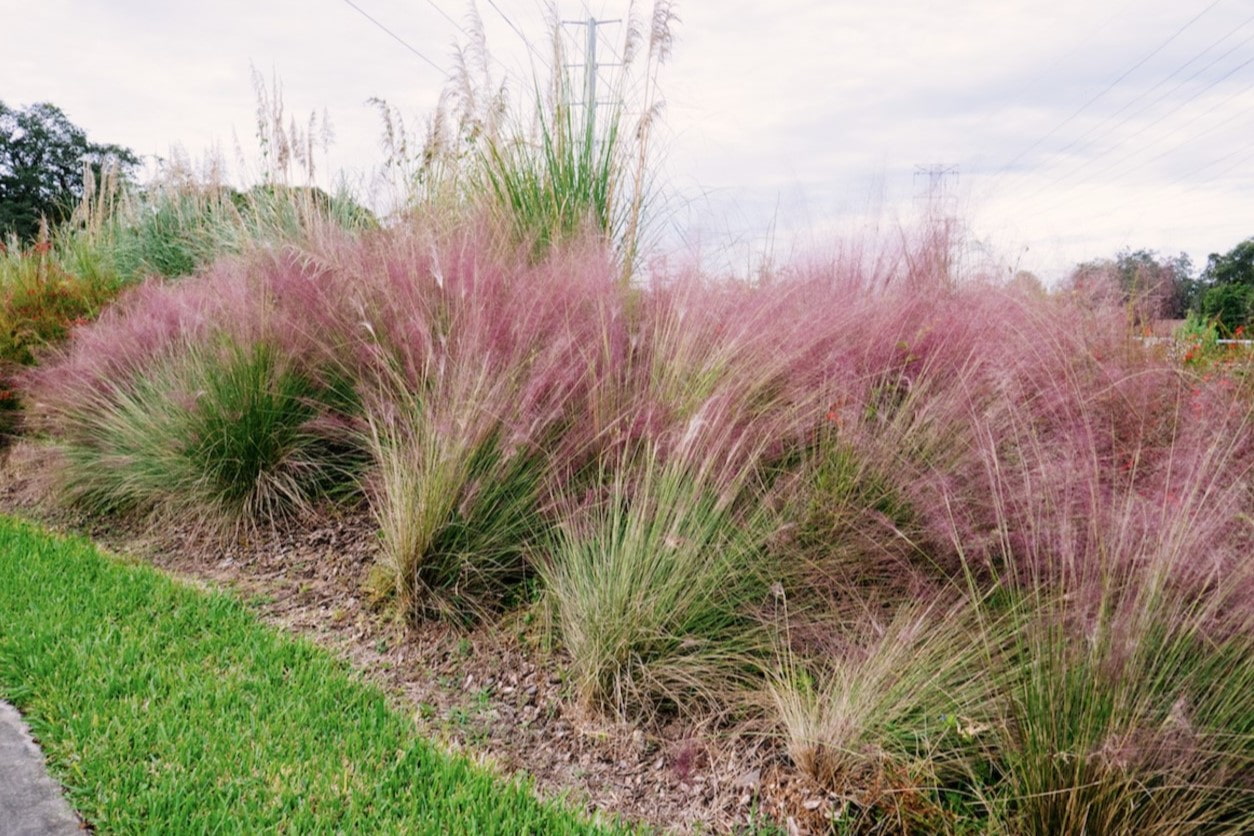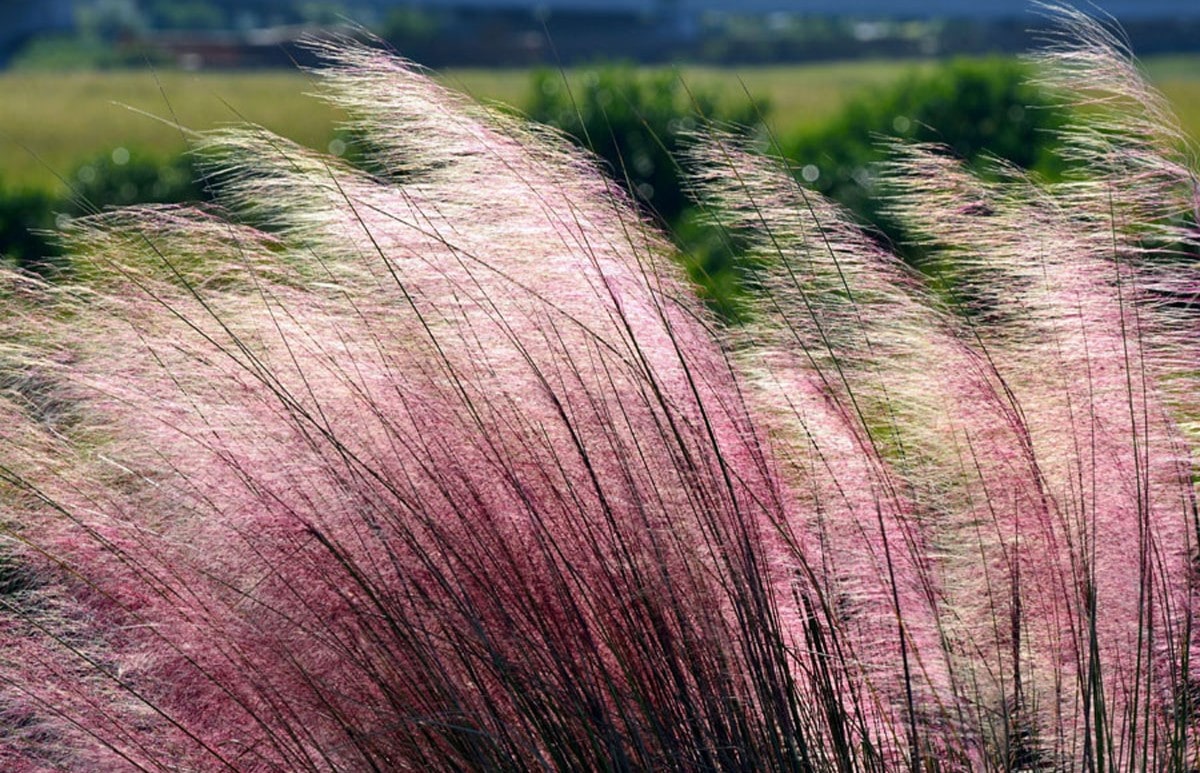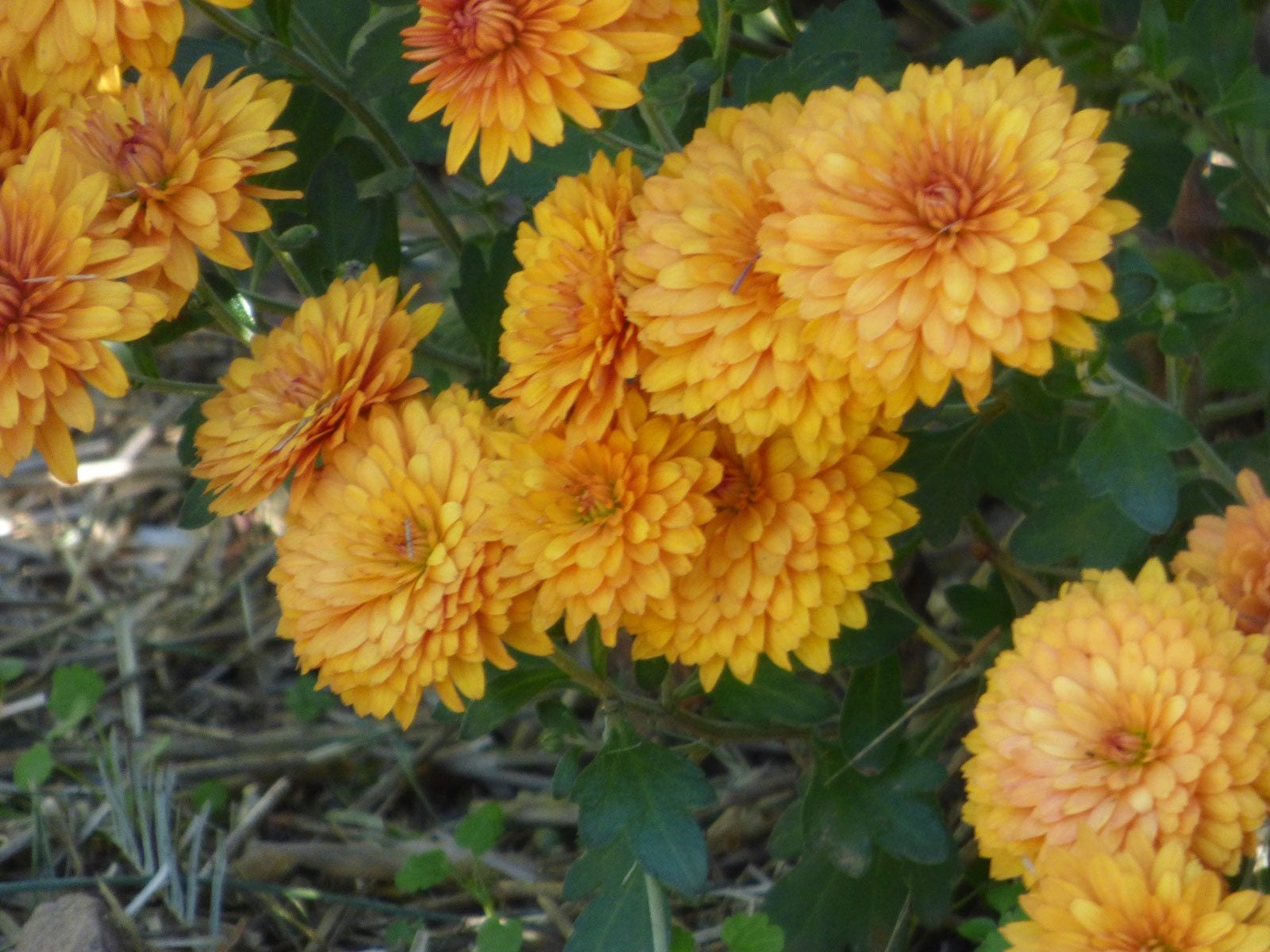Home>Gardening & Outdoor>Plant Care & Gardening Tips>How Big Will Mums Get


Plant Care & Gardening Tips
How Big Will Mums Get
Modified: August 17, 2024
Discover expert plant care and gardening tips to help you understand how big mums will get and how to properly care for them. Learn more now!
(Many of the links in this article redirect to a specific reviewed product. Your purchase of these products through affiliate links helps to generate commission for Storables.com, at no extra cost. Learn more)
Introduction
Mums, also known as chrysanthemums, are beloved for their vibrant colors and ability to thrive in the fall. As gardeners, it's essential to understand the factors that influence the size of these beautiful flowers. From environmental conditions to pruning techniques, various elements can impact the growth and overall size of mums. By delving into these factors and learning effective strategies for managing mum size, gardeners can cultivate healthy, robust plants that enhance the beauty of their outdoor spaces. Let's explore the intricacies of mum size and discover how to achieve the desired dimensions for these stunning blooms.
Key Takeaways:
- Choose compact mum varieties and prune regularly to control mum size for vibrant, visually appealing blooms in small gardens and containers.
- Provide adequate sunlight, monitor watering, and adjust fertilization to manage mum size and create stunning outdoor displays of vibrant, healthy plants.
Read more: How To Get Rid Of Bugs On Mums
Factors Affecting Mum Size
The size of mums, or chrysanthemums, is influenced by a variety of factors, each playing a crucial role in determining the ultimate dimensions of these vibrant flowers. Understanding these factors is essential for gardeners seeking to cultivate mums of a specific size and appearance. Let's delve into the key elements that impact mum size:
1. Variety of Mum
Different varieties of mums exhibit varying growth habits and sizes. Some cultivars are naturally compact, producing petite blooms ideal for containers and borders, while others are known for their larger, more expansive growth. When selecting mum plants, it's important to consider the specific variety and its inherent growth characteristics to anticipate the eventual size of the blooms.
2. Environmental Conditions
Environmental factors such as sunlight, temperature, and soil quality significantly influence mum size. Mums thrive in full sunlight, and insufficient light can lead to leggy, elongated growth. Additionally, temperature extremes can impact mum size, with excessive heat potentially stunting growth. Well-draining, nutrient-rich soil is essential for supporting healthy mum growth and robust blooms.
3. Watering and Fertilization
Proper watering and fertilization practices are crucial for promoting optimal mum size. Inadequate watering can result in stunted growth, while overwatering may lead to root rot and diminished overall health. Similarly, balanced fertilization provides mums with essential nutrients for vigorous growth and abundant blooms. Understanding the specific water and nutrient requirements of mums is essential for nurturing plants to their full potential.
Read more: How To Get A Big Dog In The Bathtub
4. Pruning Techniques
Strategic pruning plays a pivotal role in controlling mum size. Regular pinching and pruning can encourage branching and compact growth, resulting in fuller, more abundant blooms. By removing spent flowers and pinching back new growth, gardeners can shape mums to achieve the desired size and prevent them from becoming overly leggy or sprawling.
5. Pots and Containers
For gardeners cultivating mums in pots or containers, the size of the growing vessel directly impacts the potential size of the plants. Limited root space can restrict the overall growth of mums, leading to smaller blooms and a more compact appearance. Choosing appropriately sized containers and providing adequate room for root development is essential for supporting healthy mum growth.
By considering these factors and implementing appropriate care practices, gardeners can effectively manage and influence the size of their mums, ultimately cultivating vibrant, healthy plants that enhance the beauty of their outdoor spaces.
Tips for Controlling Mum Size
Controlling the size of mums is a key aspect of nurturing these vibrant flowers to their full potential. By implementing strategic techniques and attentive care practices, gardeners can effectively manage mum size to achieve the desired dimensions and appearance. Here are valuable tips for controlling mum size:
1. Select Appropriate Varieties
Choose mum varieties known for their compact growth habits if you prefer smaller, more contained plants. Look for cultivars specifically bred for their compact nature, as these varieties are naturally inclined to maintain a more restrained size, making them ideal for containers, borders, and smaller garden spaces.
Read more: How Big Does Pampas Grass Get
2. Prune Regularly
Engage in regular pruning to shape and control the size of mums. Pinching back new growth and removing spent flowers encourages branching and compact, bushy growth. This practice not only helps manage the overall size of the plants but also promotes the development of abundant blooms, resulting in a more visually appealing display.
3. Monitor Watering Practices
Be mindful of watering practices to prevent excessive growth and maintain the desired mum size. Overwatering can lead to lush, but potentially oversized, plants, while underwatering may result in stunted growth. Strive to provide consistent, moderate moisture, allowing the soil to partially dry out between watering sessions to encourage controlled, healthy growth.
4. Provide Adequate Sunlight
Ensure mums receive sufficient sunlight to support healthy growth while preventing overly elongated or leggy stems. Position plants in locations that receive full sun, as inadequate light can lead to stretched, less compact growth. By optimizing sunlight exposure, gardeners can help regulate the size and overall appearance of their mums.
5. Choose Suitable Containers
When cultivating mums in containers, select appropriately sized pots that allow for adequate root development and support the desired plant size. Providing ample room for root expansion within the container helps maintain the overall health and size of the mums, preventing them from becoming overly constrained and potentially stunting their growth.
Read more: How Big Do Glass Catfish Get
6. Adjust Fertilization
Tailor fertilization practices to support controlled mum growth. While mums benefit from balanced nutrition, excessive fertilization can lead to overly lush, vigorous growth. Adjust the frequency and strength of fertilization to promote healthy, moderate growth, ensuring that the plants receive essential nutrients without encouraging excessive size.
By incorporating these tips into mum care routines, gardeners can effectively manage and control the size of these beloved flowers, cultivating visually stunning plants that harmonize with their outdoor environments. With thoughtful attention and strategic practices, achieving the desired mum size becomes an attainable goal, allowing gardeners to enjoy the beauty of these vibrant blooms in a manner that complements their unique gardening preferences and spaces.
Conclusion
In conclusion, the size of mums, or chrysanthemums, is influenced by a myriad of factors, ranging from environmental conditions and pruning techniques to the specific variety of mum being cultivated. Understanding and harnessing these factors empowers gardeners to effectively manage and control the size of their mums, ultimately shaping them into vibrant, healthy plants that enhance the beauty of their outdoor spaces.
By recognizing the impact of environmental conditions, gardeners can optimize sunlight exposure, maintain appropriate soil moisture, and provide well-draining, nutrient-rich soil to support healthy mum growth. Additionally, selecting suitable mum varieties and containers, coupled with strategic pruning and attentive watering practices, enables gardeners to exert a significant influence on the ultimate size and appearance of their mums.
The art of controlling mum size lies in the thoughtful application of these factors, allowing gardeners to shape their mums to suit their unique preferences and gardening spaces. Whether aiming for compact, contained plants ideal for small gardens and containers, or seeking to cultivate larger, more expansive mums for bold garden displays, the ability to manage mum size provides a valuable tool for creating visually stunning outdoor environments.
As gardeners continue to explore the intricacies of mum care and cultivation, the knowledge and techniques shared in this article serve as a valuable guide for achieving the desired mum size. By integrating these insights into their gardening practices, individuals can embark on a journey of nurturing mums to their full potential, creating captivating displays of vibrant blooms that reflect their care and dedication.
In essence, the ability to control mum size is a testament to the artistry and skill of gardeners, allowing them to craft harmonious outdoor spaces that showcase the natural beauty and versatility of these beloved flowers. With a deep understanding of the factors influencing mum size and the implementation of effective care practices, gardeners can cultivate mums that stand as vibrant testaments to their passion for gardening and the natural world.
Frequently Asked Questions about How Big Will Mums Get
Was this page helpful?
At Storables.com, we guarantee accurate and reliable information. Our content, validated by Expert Board Contributors, is crafted following stringent Editorial Policies. We're committed to providing you with well-researched, expert-backed insights for all your informational needs.













0 thoughts on “How Big Will Mums Get”